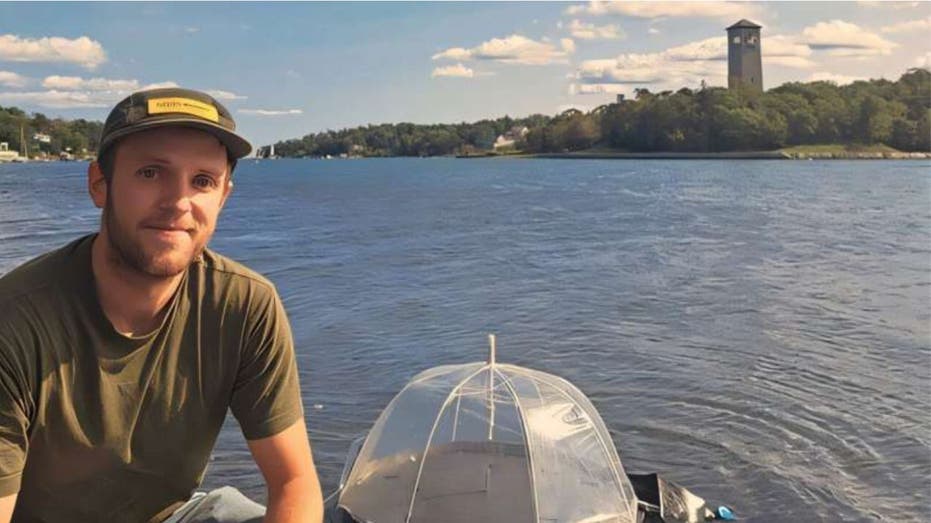- by foxnews
- 03 Apr 2025
Solar device transforms used tires to help purify water so that it's drinkable
Scientists have developed a floating solar still device that is capable of harnessing the sun's energy to purify seawater and withstanding harsh maritime conditions.
- by foxnews
- 10 Jan 2025
- in technology

Imagine a world where clean drinking water is readily available even in the most remote areas.
This vision is becoming a reality thanks to innovative research from scientists in Canada.
Dr. Mita Dasog, an associate professor of chemistry and Killam Memorial chair at Dalhousie, explains the science behind it: "Refractory plasmonic nanomaterials are very good at capturing light and converting that light into heat."
This principle forms the foundation of their ingenious design. The solar still, conceptualized by Dr. Matthew Margeson during his Ph.D. studies, addresses challenges that have long plagued similar devices. It minimizes thermal losses, prevents salt buildup and can withstand harsh maritime conditions.
The results of this process are impressive. In real-world tests conducted in Halifax Harbour, the device produced up to 0.97 gallons of clean water daily, which was a record-breaking yield for passive floating solar stills.
What sets this device apart is its use of unconventional materials. Instead of relying on expensive precious metals, the team turned to an unlikely source: used tires. Through a process called pyrolysis, carbon waste from tires is transformed into a crucial component of the desalination unit.
Dr. Dasog emphasizes the importance of accessibility: "We shouldn't be making an expensive or very complicated device. It has to be easy to manufacture, last for a long time and be easy to take apart and move." This approach not only makes the technology more affordable but also addresses the environmental issue of tire waste.
The device's capabilities extend beyond water purification. It can simultaneously desalinate, disinfect and decontaminate water at a remarkably low cost: less than one cent per liter. It can also generate a small amount of thermoelectricity, potentially powering onboard water quality sensors.
The team's next step is to conduct further testing in South Asia, with the ultimate goal of making the device available worldwide. Dasog, nominated for the Emerging Leader award at the Water Canada Summit, envisions the device as a lifeline for communities displaced by war or climate change.
As we tackle the growing challenges of water security, innovations like the plasmonic solar still shine a light of hope. By blending cutting-edge science with sustainable materials, the researchers at Dalhousie University are doing more than just purifying water; they're paving the way for a future that is both equitable and resourceful. This device not only makes clean drinking water accessible but also highlights how we can use renewable energy sources to address pressing global issues.
Follow Kurt on his social channels:
Answers to the most asked CyberGuy questions:
New from Kurt:
Copyright 2025 CyberGuy.com. All rights reserved.
- by foxnews
- descember 09, 2016
Flight passenger says man deliberately squatted in window seat, ignites social media debate
An airline flyer said a seat squatter tried to tell her to swap seats with him, but she stood her ground, prompting a social media debate. A travel expert weighs in.
read more





